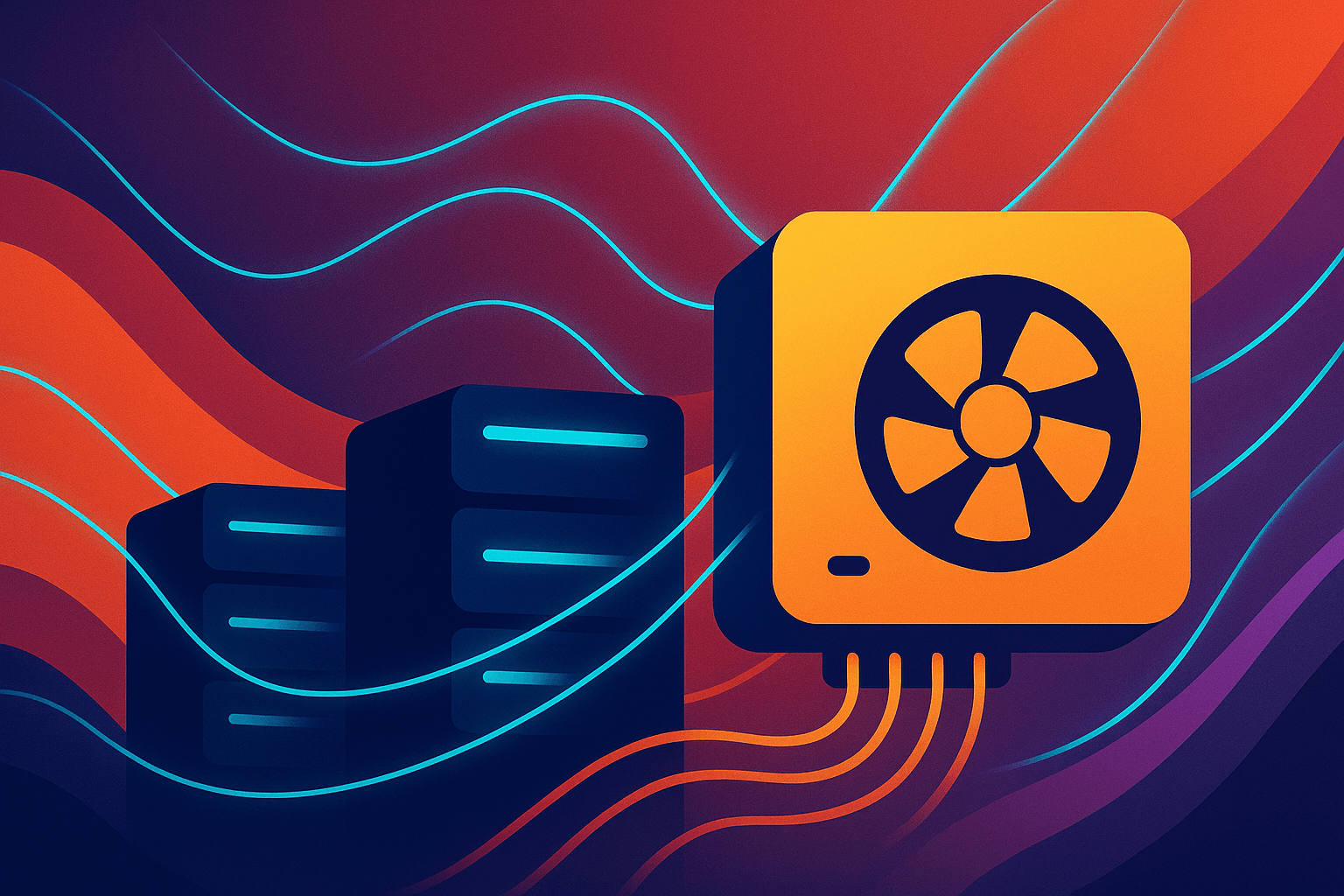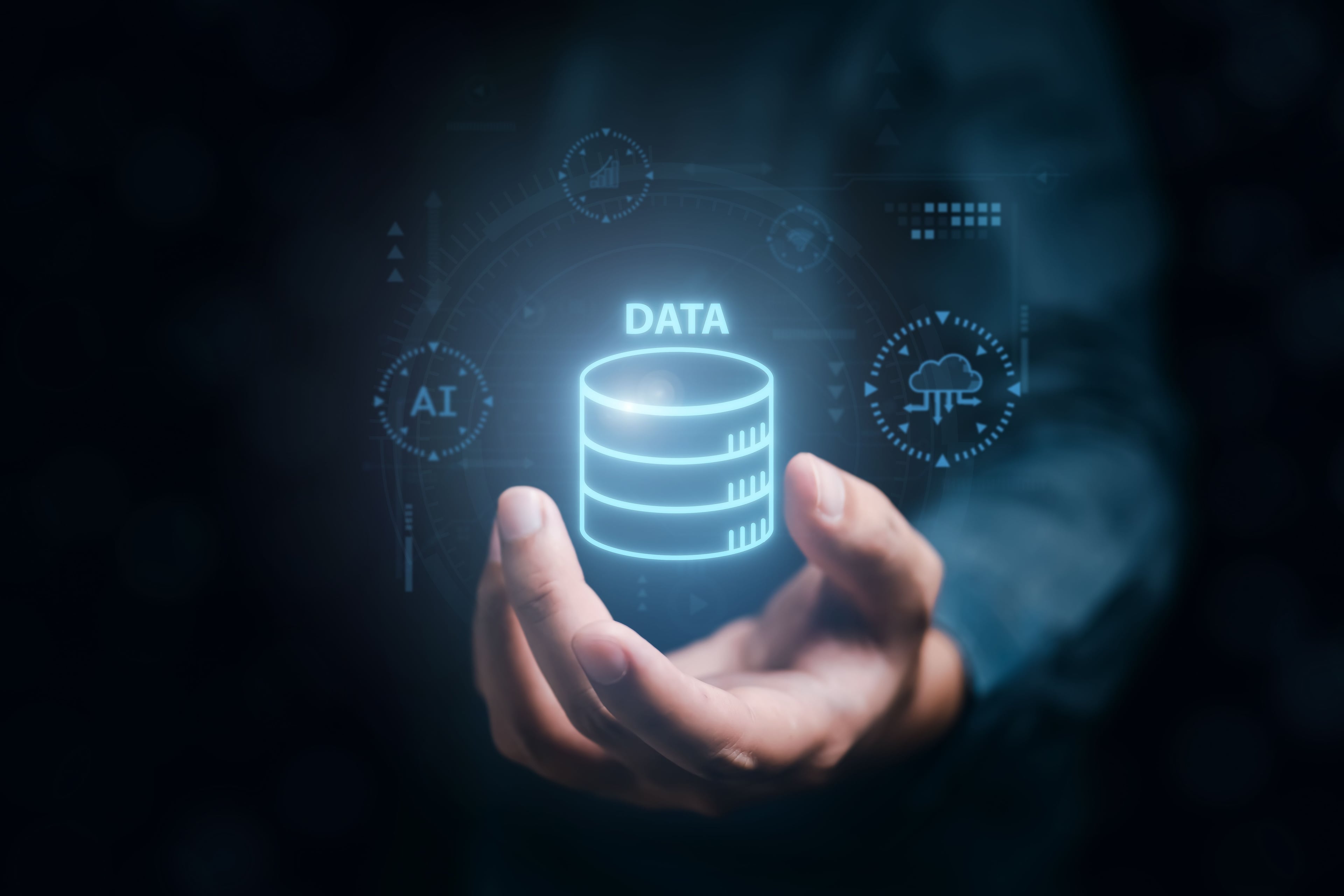
The Impact of Digitization in India: Driving Economic Growth and Innovation
Digitization in India is transforming the economy and society through technology. This article looks at the key milestones, government initiatives, technological innovations, and socio-economic impacts driving India’s digital growth.
Key Takeaways
- India’s digital revolution began in the 1990s, spurred by economic reforms and the rise of the IT sector, establishing a foundation for future technological advancements.
- The Digital India Programme and initiatives like Aadhaar and BharatNet have significantly enhanced public service accessibility, promoting digital literacy and internet connectivity across the country.
- Emerging technologies such as AI, blockchain, and 5G are driving innovation and economic growth in India, with projected contributions to GDP and job creation highlighting their transformative potential.
The Genesis of India's Digital Revolution

India’s digital revolution began in the 1990s, a time of major economic reforms that laid the groundwork for a digital economy. Economic liberalization and the internet boom facilitated India’s early steps toward a digital economy. During this era, Bangalore and Hyderabad emerged as global IT hubs, highlighting the promise of India’s growing information technology sector.
These advancements established the basis for a digital lifestyle, showcasing the transformative potential of digital technologies. The IT sector’s rapid growth boosted the Indian economy and paved the way for future technological advancements and digital infrastructure projects in electronics and information technology.
Early Government Initiatives
The Indian government was instrumental in the early stages of the country’s digital journey. The establishment of the Department of Electronics in the 1970s was instrumental in shaping the country’s information technology landscape. One of the pioneering efforts was the computerized railway reservation system initiated by Indian Railways in 1976, which evolved into a sophisticated networked system.
Organizations such as the National Informatics Centre (NIC) and initiatives like the ERNET project further advanced the use of IT in government services. These early government efforts laid the groundwork for more ambitious projects, setting a precedent for using technology to improve governance and citizen engagement.
National e-Governance Plan (NeGP)
The launch of the National e-Governance Plan (NeGP) on May 18, 2006, marked a significant milestone in India’s digital journey. The plan included 27 Mission Mode Projects aimed at improving public service accessibility, with the number increasing to 31 by 2011. Core infrastructure components of NeGP, such as State Data Centres, State Wide Area Networks, and Common Services Centres, were critical in delivering services digitally to citizens across the country.
One significant initiative under NeGP was the establishment of the Unique Identification Authority of India (UIDAI), which implemented Aadhaar, a digital identity verification system critical for accessing various government services. This initiative greatly enhanced citizen engagement and streamlined government operations, facilitating easier and more transparent access to services.
Digital India Programme: Vision and Goals

Building on the NeGP foundation, the Digital India Programme aimed to transform India into a digitally empowered society and knowledge-driven economy. The program focuses on digital literacy and resources in regional languages to ensure digitization benefits reach all parts of the country.
Key initiatives include BharatNet, which provides high speed internet networks in rural areas, and the promotion of affordable smartphones, positioning India as a mobile-first economy. These efforts have improved internet services and facilitated new digital services, enhancing the digital lifestyle for millions.
Accelerating Digital Adoption

India’s digital adoption has surged, driven by widespread mobile and internet penetration. With over a billion mobile subscribers and 692 million internet users, India stands as the second-largest internet user base globally. This connectivity has been crucial to the Digital India initiative, enabling high-speed internet access nationwide.
Digital technologies have reduced digital literacy gaps and created economic opportunities, particularly in rural areas. The transformation has boosted corporate efficiency and contributed to a digitally empowered society, giving India a competitive global edge.
Cloud Computing and Digital Transformation
Cloud computing has revolutionized India’s digital transformation, with cloud-native technologies projected to make up 70 percent of the market by 2024. Utilizing digital technologies via cloud computing has streamlined operations, reduced costs, and improved productivity for companies. Key technologies in this domain encompass containerization and microservices. Additionally, DevOps practices, serverless computing, and Kubernetes also play significant roles.
The rapid increase in data centers, driven by the demand for data storage and processing, has further strengthened India’s digital infrastructure. National Data Centres provide cloud services for government entities, promoting operational continuity and efficient service delivery.
AI, ML, and Emerging Technologies
Artificial Intelligence (AI) and Machine Learning (ML) are leading India’s technological advancements, with AI alone expected to contribute US$957 billion to GDP by 2035. Indian startups are leveraging these technologies, along with blockchain and the Internet of Things, to create new products, services, and business models.
AI and ML applications in e-commerce, banking, and other sectors have greatly enhanced customer engagement, decision-making, and operational efficiency. Digital platforms have also improved supply chain efficiency, further driving economic growth and innovation.
Internet of Things (IoT) in India
India’s Internet of Things (IoT) sector is rapidly growing, projected to reach 7.12 billion, is expected to hold a significant share of this market. The compound annual growth rate (CAGR) for IoT spending in India stands at an impressive 20 percent, reflecting the sector’s dynamism.
Sectors such as manufacturing and healthcare are increasingly adopting IoT technologies. Urban development is also embracing this trend. Smart city projects and IoT usage in agriculture are driving IoT adoption, contributing to rural digital transformation.
Advancements in 5G and Edge Computing
The introduction of 5G and edge computing marks a significant leap in India’s digital capabilities. 5G technology offers ultra-low latency and high data rates, crucial for enhancing digital services across various sectors. Real-time applications supported by 5G, such as augmented reality, virtual reality, and autonomous vehicles, are set to revolutionize the digital landscape.
5G subscriptions in India are expected to surpass 270 million by the end of 2024, making up 23% of total mobile subscriptions. Initiatives like the BharatRAN project and the creation of 100 labs for 5G applications are fostering local development and industry-specific innovations.
Blockchain Technology and Its Applications
Blockchain technology is transforming transactions and asset tracking in India. As a secure and transparent method for recording transactions, blockchain ensures digital information is recorded and shared without alteration or deletion. This technology provides greater efficiency, reduced operational costs, and improved trust for businesses.
Additionally, blockchain adoption is expected to create 2.5 million jobs in India, highlighting its significant economic potential. From financial services to supply chain management, blockchain applications are transforming various sectors, driving innovation and growth.
Ensuring Cybersecurity and Data Privacy
With the adoption of digital technologies, ensuring cybersecurity and data privacy has become critical. India’s cybersecurity spending is expected to reach $35 billion by 2024, underscoring the sector’s growing importance. The Indian Computer Emergency Response Team (CERT-In) coordinates with various sectors to address cyber threats and improve security measures.
Programs like Cyber Surakshit Bharat aim to enhance cybersecurity by training government IT officials. Frameworks like the Data Empowerment and Protection Architecture (DEPA) give citizens better control over their personal data, balancing innovation with privacy.
Building Digital Platforms and Ecosystems

Digital platforms and ecosystems are central to India’s digital economy, projected to contribute 13.42% to GDP by 2024-25. The forecasted contribution of digital platforms to India’s GDP by 2024 is 455 billion by 2040.
Digital platforms streamline business operations, enabling engagement with customers, suppliers, partners, and competitors. Platforms like the Government e-Marketplace (GeM) improve transparency in government procurement, while e-commerce platforms expand market reach for SMEs.
Developing Digital Skills and Workforce
Sustaining the growth of the digital economy requires developing digital skills and a competent workforce. By 2024, India needs to reskill 400 million workers to meet the digital economy’s demands. Key competencies required include agility, creativity, collaboration, and customer-centricity.
Government initiatives like the Skill India Digital Hub, launched in August 2023, offer 690 online courses and services to enhance skill acquisition. Programs like the National Apprenticeship Promotion Scheme (NAPS) and Pradhan Mantri Gramin Digital Saksharta Abhiyan (PMGDISHA) have collectively worked to skill millions, significantly contributing to the nation’s digital economy readiness.
Social Impact and Environmental Responsibility
India’s digitization wave has brought significant social and environmental benefits. The digital economy employs 2.55% of the workforce, with productivity five times higher than the overall economy. Digital platforms are expected to create around 10 million new jobs by 2025, highlighting their social impact.
The increased participation of women in skill development programs has contributed to gender equality in the workforce. Digital technologies support the UN Sustainable Development Goals (SDGs) by promoting sustainable practices and reducing pollution, enhancing environmental responsibility.
Digital Governance and Regulatory Framework
Enhanced digital governance allows real-time access to services via web and mobile platforms. The initiative seeks to foster participatory governance through collaborative digital platforms. Key areas for digital governance include data protection and cybersecurity. Additionally, digital identity and digital taxation are also important aspects.
The Digital Personal Data Protection Act, 2023, mandates consent and accountability for processing personal data, ensuring citizens’ privacy. The government has launched portals and helplines for reporting cybercrimes, ensuring timely action and victim support.
Key Achievements of the Digital India Campaign

The Digital India Campaign has achieved significant milestones, transforming government service delivery. Over 5.21 lakh Common Services Centres (CSCs) are operational, providing more than 400 digital services in both rural and urban areas. The success of platforms like DigiLocker, with over 13.7 crore users, showcases the campaign’s impact on improving digital infrastructure and service delivery.
The Unified Mobile Application for New-age Governance (UMANG) offers access to over 1,668 e-services and more than 20,197 bill payment options, simplifying citizens’ interactions with the government. These achievements underscore the transformative power of the Digital India initiative in creating a digitally empowered society.
Summary
India’s journey towards digitization has been nothing short of transformative. From the early days of economic liberalization and the rise of IT hubs, to the extensive government initiatives that laid the groundwork for a digital economy, each step has contributed to a more connected, efficient, and innovative nation. The Digital India Programme, with its vision of a digitally empowered society and knowledge-driven economy, has accelerated digital adoption, enhanced infrastructure, and brought about significant social and economic benefits.
The integration of advanced technologies like AI, ML, IoT, 5G, and blockchain has further propelled India into the forefront of the global digital landscape. With continued emphasis on cybersecurity, skill development, and environmental responsibility, India is well on its way to achieving its digital aspirations. As we look to the future, the ongoing efforts in building digital platforms and ecosystems, coupled with robust governance frameworks, will ensure that India remains a leader in the digital revolution.
Frequently Asked Questions
What was the role of the National e-Governance Plan (NeGP) in India's digital transformation?
The National e-Governance Plan (NeGP) was pivotal in India's digital transformation, facilitating improved public service accessibility through 31 Mission Mode Projects and establishing essential infrastructure like State Data Centres and the UIDAI for Aadhaar. This initiative significantly modernized government services and enhanced citizen engagement.
How has the Digital India Programme impacted rural areas?
The Digital India Programme has greatly enhanced internet access in rural areas and improved digital literacy, facilitating the delivery of essential digital services. This has empowered communities and fostered socioeconomic development.
What are the benefits of cloud computing in India's digital transformation?
Cloud computing significantly enhances India's digital transformation by streamlining operations, reducing costs, and boosting productivity. Its capacity for rapid application development and scalability further empowers businesses to innovate and grow efficiently.
How is cybersecurity being addressed in India's digital landscape?
India is actively addressing cybersecurity through significant investments, projected to reach $35 billion by 2024, along with initiatives like Cyber Surakshit Bharat and the Data Empowerment and Protection Architecture (DEPA) which enhance data privacy and security.
What are some key achievements of the Digital India Campaign?
The Digital India Campaign has significantly enhanced digital access by establishing over 5.21 lakh Common Services Centres, introducing the DigiLocker platform for over 13.7 crore users, and launching the UMANG app, which provides access to more than 1,668 e-services. These achievements reflect the campaign's commitment to improving digital infrastructure and citizen services.


About Pronam Chatterjee
A visionary with 25 years of technical leadership under his belt, Pronam isn’t just ahead of the curve; he’s redefining it. His expertise extends beyond the technical, making him a sought-after speaker and published thought leader.
Whether strategizing the next technology and data innovation or his next chess move, Pronam thrives on pushing boundaries. He is a father of two loving daughters and a Golden Retriever.
With a blend of brilliance, vision, and genuine connection, Pronam is more than a leader; he’s an architect of the future, building something extraordinary
Related Posts
View all postsDiscover how BluePi is using GPU support for Cloud Run, to build faster, cheaper, and more flexible LLMOps and generative-AI solutions.
Master data management (MDM) is a process that enables organizations to define and manage the common data entities used across the enterprise.
Data engineering involves designing systems to collect, store, and analyze data efficiently.
Nested Learning treats models as several coupled optimization problems that run at different speeds (“levels”).
Most modern data stacks are expensive, cloud-hosted legacy systems. BluePi sees Airflow DAGs become spaghetti, BigQuery treated as infinite, and teams drowning in YAML instead of delivering insights.




